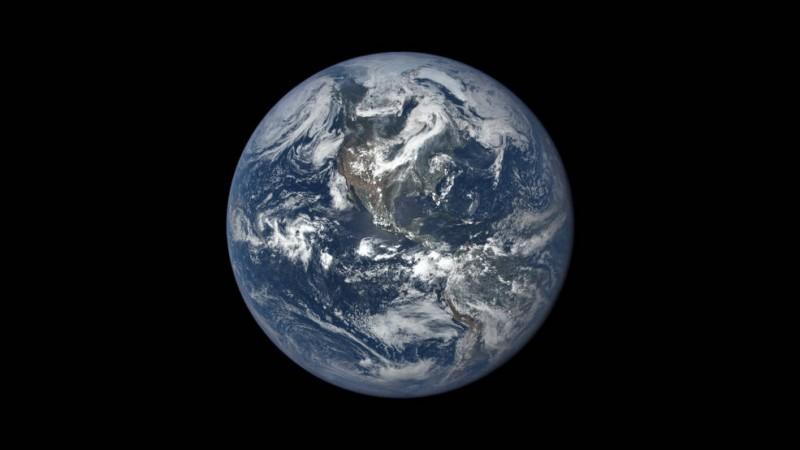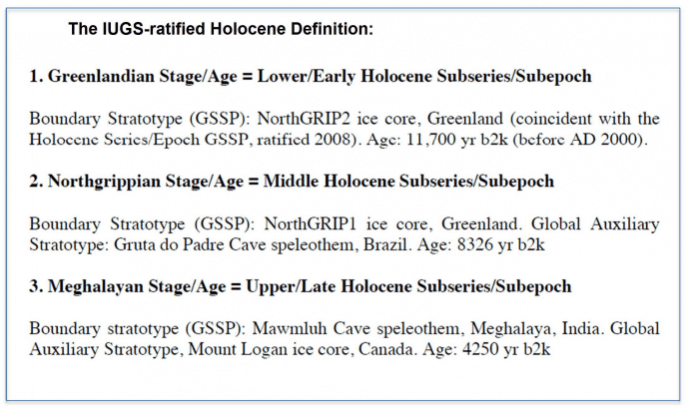
As per the International Union of Geological Sciences (IUGS), we are currently at the Meghalayan age, which is among the three newly christened ages that were put forward by IUGS on their July 13 announcement.
According to the order of the things, there is the Greenlandian age that is between 11700 years to 8326 years ago, then comes the Northgrippian, which was 8326 year to 4250 years ago and now, Meghalayan age, which started 4250 years ago and is still ticking.

These three newly named ages formed so by the geologists to demarcate and name the entirety of the Earth's 4.54 billion-year history. Counting from the longest to the shortest, these passages of time are labelled as eons, eras, periods and ages.
So, if we are to be exact, we are currently in the Phanerozoic eon, Cenozoic era, Quaternary period, Holocene epoch and yes, the Meghalayan age. It's ok to take a minute to let it sink in, totally!
After an initial guffaw, the IUGS finally managed to share an accurate image of the newly named ages in the popular microblogging platform, Twitter.
Furthermore, IUGS issued a statement citing, "This is a key achievement for the International Union of Geological Sciences and particularly for its Commission on Stratigraphy. The proposals were developed by a dedicated, international team of Holocene scientists led by Mike Walker of the University of Wales. They were subsequently approved by the International Subcommission of Quaternary Stratigraphy and the International Commission on Stratigraphy before being forwarded to IUGS for ratification."
The latest version of the International Chronostratigraphic Chart/Geologic Time Scale is now available! New #Holocene subdivisions: #Greenlandian (11,700 yr b2k)#Northgrippian (8326 yr b2k)#Meghalayan (4200 yr before 1950) https://t.co/IhvZHfHnWh#ChronostratigraphicChart208 pic.twitter.com/8Pf9Dnct7h
— IUGS (@theIUGS) July 13, 2018
However, there still appears to be some trouble brewing on the horizon, as the new naming scheme hasn't gone well with everybody. According to certain geologists, it is too early to name the Holocene's ages, as it is not yet certain that the climatic shifts are global in nature.
At the same time, the name "Anthropocene epoch" has been doing the rounds, which will mark a geologic period showing the impact on Earth due to the presence of humans. However, this idea has not been submitted formally to the IUGS yet.
This drought had lasted for a period of roughly 200 years. The drought, which was very likely a result of a shift in ocean and atmospheric circulation, crippled several important civilizations, such as Mesopotamia, the Indus Valley, Yangtze River Valley, Egypt, Greece, Syria and Palestine civilizations.









!['Had denied Housefull franchise as they wanted me to wear a bikini': Tia Bajpai on turning down bold scripts [Exclusive]](https://data1.ibtimes.co.in/en/full/806605/had-denied-housefull-franchise-they-wanted-me-wear-bikini-tia-bajpai-turning-down-bold.png?w=220&h=138)



